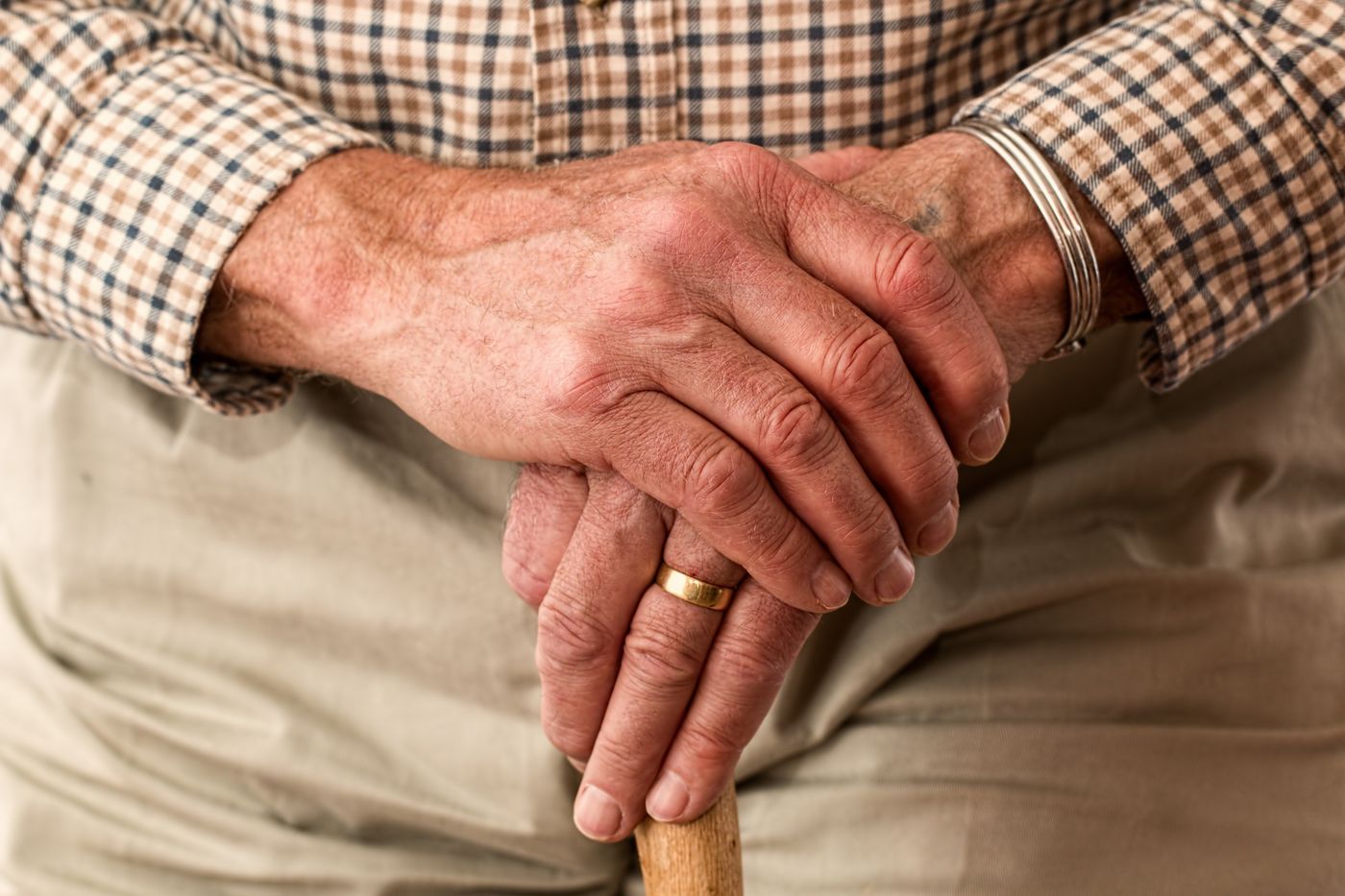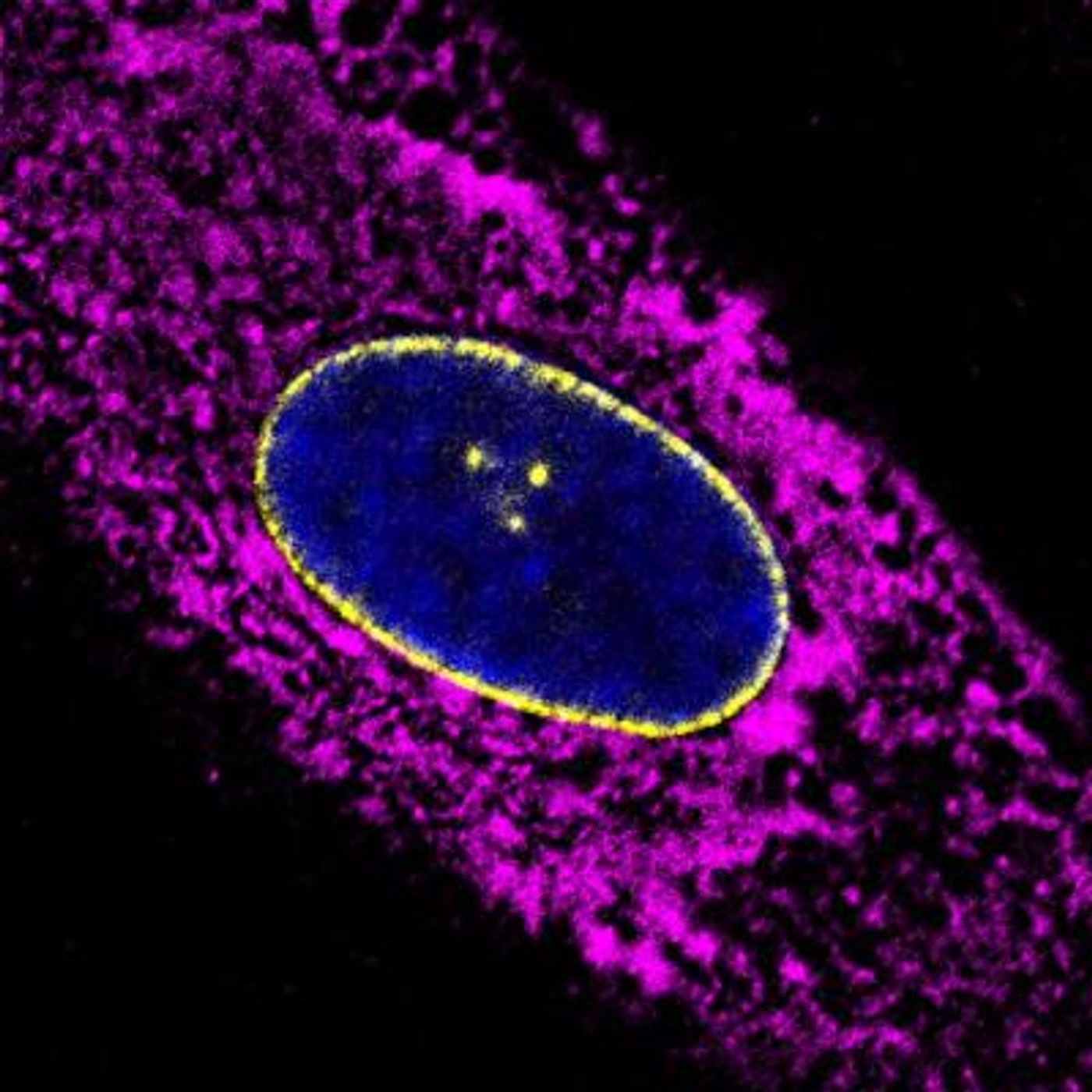Identifying Molecular Markers of Aging
As people get older, some remain healthy while others begin to get chronically ill. There are many factors like lifestyle choices and environmental influences that we know play a role in whether people stay healthy as they age, and there are other contributors that are unclear. Researchers at the Salk Institute wanted to know more about molecular markers that might indicate who will age better than others. These markers could also be useful for treating health conditions that are related to old age, like dementia or heart disease. Their findings have been reported in Genome Biology.
"This experiment was designed to determine whether there are molecular signatures of aging across the entire range of the human lifespan," explained co-senior author Saket Navlakha, an assistant professor in Salk's Integrative Biology Laboratory. "We want to develop algorithms that can predict healthy aging and non-healthy aging, and try to find the differences."
"The study provides a foundation for quantitatively addressing unresolved questions in human aging, such as the rate of aging during times of stress," added the co-senior author of the study, Professor Martin Hetzer, Salk's vice president and chief science officer.
For this work, the researchers utilized dermal fibroblasts, a skin cell type that helps heal injuries and generates connective tissue; these cells are easy to harvest with a non-invasive biopsy, and earlier studies have suggested that they probably carry aging markers. While many of our cells are constantly renewing, some of these dermal fibroblasts stay with us for our whole lives.
The scientists obtained fibroblasts from 133 healthy people, from age one to 94, with an average of thirteen individuals from every decade. After culturing the cells and sequencing the RNA they contained, the researchers could assess which genes were active, and find biomarkers that change throughout life. Machine learning and custom algorithms sifted through the data generated from the RNA sequencing (RNA-Seq) data. They identified biomarkers that could predict a person’s age, with an error of eight years.
"The fact that our system can predict this kind of aging shows that this model is starting to get at the true underpinnings of biological age," said first author Jason Fleischer, a Salk postdoctoral fellow. "
"We took a 'kitchen sink' approach with this project. Rather than going into this research with an idea of what we wanted to find, we decided to look at the changes in expression of all the protein-coding genes and let the algorithms sort it out. We used what's called an ensemble machine-learning method to do this.”
The researchers took advantage of a large dataset to assess changes that occurred throughout the entire genome, an approach that’s different from some others. The data has also been made publicly available.
The team cautions that something may predict aging, but that doesn’t mean it’s causing aging. It could help doctors screen for age-related biomarkers, however, and counsel patients about their lifestyle choices. More research remains before that’s possible, however.
"Aging is a driver of so many diseases, including Alzheimer's and other neurologic problems," Navlakha concluded. "If we are able to show that the changes we've seen in fibroblasts are connected with aging in other types of cells, we may eventually be able to use these signatures to develop targeted interventions."
Learn more about healthy aging from the video above by Harvard Medical School.
Sources: AAAS/Eurekalert! via Salk Institute, Genome Biology










